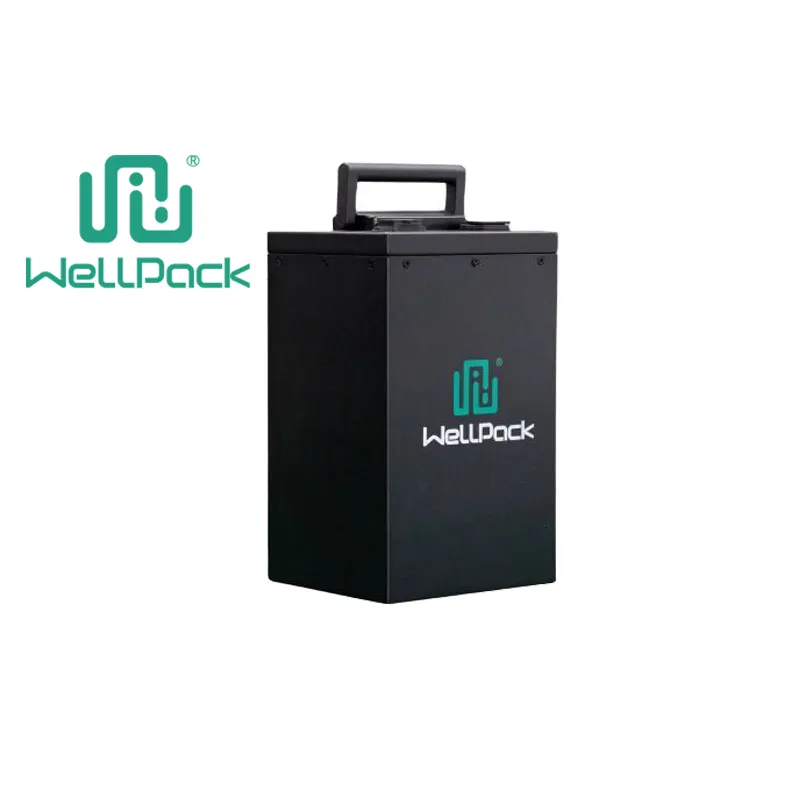
How to Spot Dangerous Used Lithium Batteries Before Buying
2025-11-26 14:55Contents
1. Why Used Lithium Batteries Can Be Risky
2. Check the Physical Condition First
3. Look for Swelling or Bulging
4. Spot Leaking or Corrosion Signs
5. Feel the Temperature When You Pick It Up
6. Ask for Voltage and Internal Resistance Data
7. Capacity Test Results Matter More Than Words
8. Know the Real Cycle History
9. Where the Battery Came From Makes a Difference
10. Avoid Batteries That Sat Unused for Too Long
11. Red Flags in Pricing and Seller Behavior
12. Quick Checklist Before You Pay
Why Used Lithium Batteries Can Be Risky
Used lithium batteries power everything from electric bikes to energy storage systems, and buying them second-hand can save a lot of money. But not every used lithium battery is safe or worth the price. A bad one can overheat, catch fire, or simply die in a few weeks. The difference between a good deal and a dangerous mistake usually shows up in small details most buyers miss.

Check the Physical Condition First
Start with the outside. Scratches and small dents are normal on used packs, but deep cracks, bent metal casings, or broken plastic shells are immediate red flags. Damage to the outer case often means the cells inside took a hard hit too.
Look for Swelling or Bulging
One of the clearest danger signs is swelling. Lithium cells produce gas when they degrade or get over-stressed. A swollen battery—sometimes called "puffy"—is already in the early stage of thermal runaway. Never buy or use a swollen lithium battery, no matter how cheap. Even slight bulging on just one cell means the whole pack should be rejected.
Spot Leaking or Corrosion Signs
Look closely at terminals and seams. White or greenish crust, sticky residue, or dark stains usually mean electrolyte has leaked. Leaking cells are chemically unstable and highly likely to fail catastrophically. Corrosion on nickel strips or connectors also speeds up internal shorts.
Feel the Temperature When You Pick It Up
Pick the battery up with your bare hand. A healthy used lithium battery should feel room temperature or slightly cool. If it feels warm or hot without being charged or discharged recently, internal reactions are already happening. Walk away.
Ask for Voltage and Internal Resistance Data
A serious seller should be able to give you the current voltage of each cell or parallel group and the internal resistance (mΩ) measured with a proper tester. Cells that sit at 0V or above 4.25V are usually ruined. Resistance above 80-100 mΩ per cell (for common 18650/21700) shows heavy wear and poor future performance.
Capacity Test Results Matter More Than Words
Ask for a recent capacity test report with charge/discharge curves. Good used lithium cells should still deliver at least 70-80% of original rated capacity. Anything below 60% is basically junk for most applications. If the seller only says "still works good," that usually means they never tested it.
Know the Real Cycle History
Find out how many charge cycles the pack has seen. Most lithium cells are rated for 300-800 full cycles before dropping under 80% capacity. Packs pulled from laptops after two years probably have 200-400 cycles. Packs from e-bikes or solar storage can easily have 1000+ cycles and be at the end of life even if they still look fine.
Where the Battery Came From Makes a Difference
Batteries from medical devices, laptops, or power tools usually lived an easy life with proper charging. Batteries pulled from crashed electric cars, overheated power walls, or cheap hoverboards often suffered abuse, extreme temperatures, or poor BMS management. Ask for the original application.
Avoid Batteries That Sat Unused for Too Long
Lithium batteries hate deep discharge and long storage at low voltage. Cells stored below 2.5V for months develop copper dendrites that can cause internal shorts later. If a pack has been sitting on a shelf for over a year without maintenance charging, the risk goes way up.
Red Flags in Pricing and Seller Behavior
Be careful when used lithium batteries are priced far below current market rates for tested second-life cells. Honest recyclers and refurbishers spend time grading, testing, and matching cells. Extremely low prices almost always mean untested or rejected lots. Sellers who rush you, refuse testing data, or only accept cash usually know something is wrong.
Quick Checklist Before You Pay
Run through this list in 60 seconds:
– No swelling, leaks, or heavy damage
– Feels cool to the touch
– Cell voltages between 3.2V and 4.1V
– Recent capacity test ≥70% of original
– Seller provides test report and source history
– Price matches tested second-life market rates
If any item fails, keep looking. A few extra days of searching beats a fire or wasted money.
Taking these simple steps turns buying used lithium batteries from a gamble into a smart business move. The dangerous ones are easy to spot once you know what to look for.
